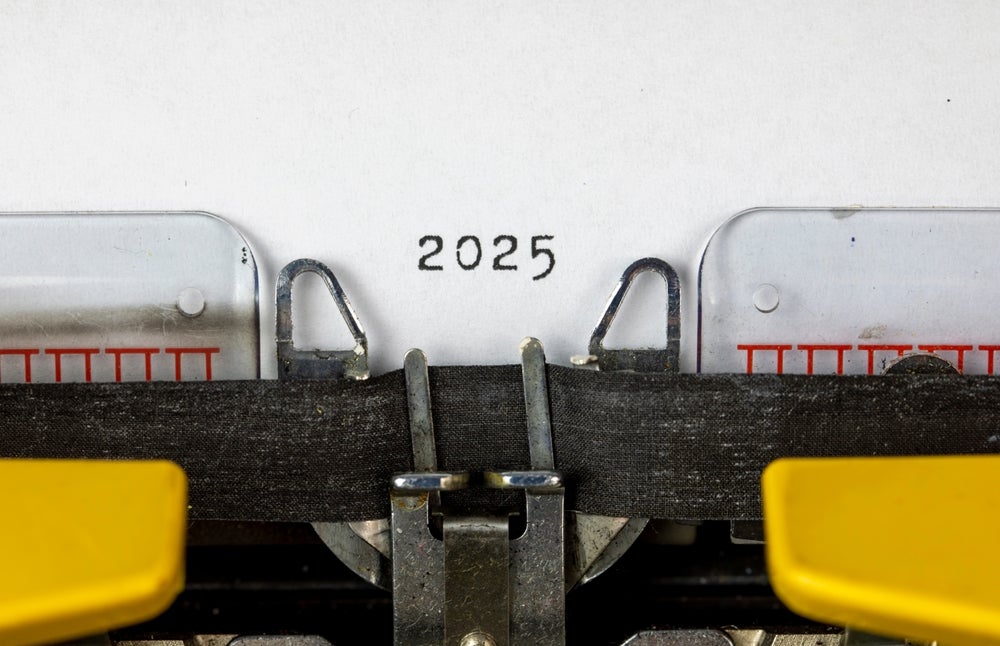Brown Shoe Co., building on a program launched in 2001, will send 1.1 million postcards to its Naturalizer footwear customers this year at a cost of $300,000.
Half of the budget will be devoted to a thank-you program begun in February with a 60,000-piece mailing. The total for the year will be 500,000 cards.
The other half will go to a birthday greetings program that debuted in 2001. Roughly 600,000 cards will be mailed this year — three times last year’s volume — at a cost of between 25 and 30 cents apiece.
The thank-you cards are sent 45 days after a shoe purchase — even if there has been a more recent one.
When the program is in full swing, the cards will go to customers who have not bought additional shoes in that time.
These programs have already contributed to firm’s ability to maintain sales levels for the Naturalizer line. The brand’s retail sales were $207 million in 2001, up from $203.5 million in 2000.
This was achieved despite a net loss of 25 locations during the year as poor locations were closed and new ones opened.
The postcards were designed by an in-house unit but follow formats set by New York advertising agency Shahid & Co. Brown Shoe hired Shahid in 1999 to upgrade the line’s marketing.
As part of this effort, which was supervised by Shahid’s advertising director Peter Wert, the brand’s image was changed to appeal to a younger customer. The average age went from 62 to 43.
“We have never spent a moment or a dollar prospecting against that [older] consumer group,” said Brad Adams, vice president of marketing for Naturalizer. “Since we identified the boomer female, age 35-54, as our market, that is where our prospecting efforts have been.”
Using direct mail to solicit customers is a relatively new activity for the 75-year-old brand. Until 1995, most advertising for Naturalizer was done in less efficient mass-market channels.
“It cost a dollar to generate a dollar in sales,” Adams says.
The backbone of the company’s current programs is its 7-year-old Naturalizer customer database, which holds 2.5 million records. It’s a far cry from the original file, which was simply a list of customers who signed up in the stores. It lacked transactional data, among other things.
“What we were starting was a true customer database — what was bought, in what size and color, in what store, in what class, sold by whom, and how it was paid for,” Hall said. Through the years the chain has appended age, income, occupation codes and geographic segments.
The company’s first forays into direct marketing were relatively unsophisticated, relying on basic RFM data. But even those initial campaigns generated $2 for every $1 spent.
“At that point we stopped using [mass media] and we continue not to use them today,” Adams said.
The firm also sends traffic-generator catalogs. In March, it mailed 2 million in the first of four quarterly drops. It also runs radio spots for special occasions such as store openings.



